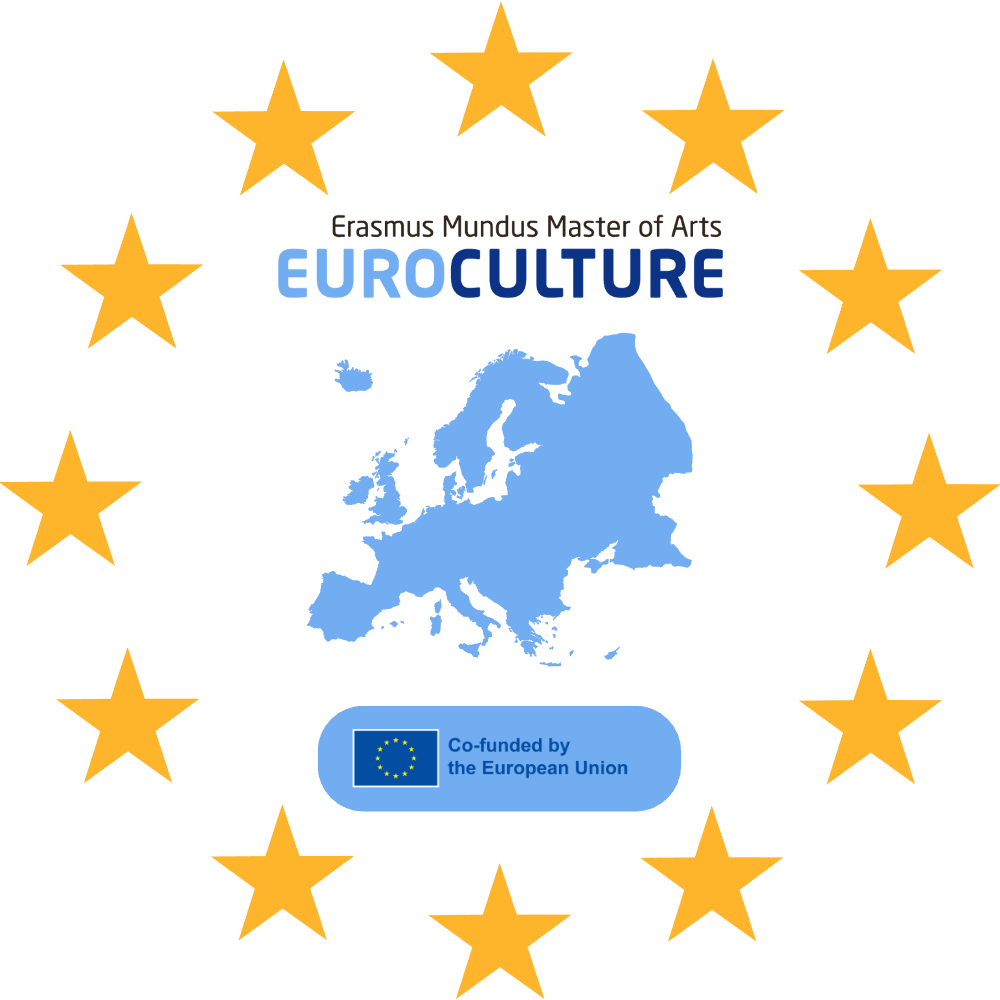SUBTHEME 3
Dissonant heritage and its representations
Introduction
Art has always been connected to the representation of political power. The toppling of statues in the context of ‘Black Lives Matter’ demands that the observer re-think the arrangement of public space, itself the reflection of a social organisation (Preciado 2020). Modern art, in the widest possible sense (including all visual arts, literature, film and theatre, audio, etc.) has always sought inspiration from the past, in history. But artists have also foregrounded dissonant heritage to undermine such narratives: take Bruce Springsteen and his ‘Born in the USA’ (1984) hit, one of his major contributions to the American Song Book. Its powerful refrain can easily be mistaken for simple praise of the national spirit, even by media-savvy individuals like Ronald Reagan. But close attention to the lyrics reveals ambivalence and dissonance in every verse (Inskeep et al. 2019).
Historical narratives were a wellspring of inspiration for artists in the nineteenth and the first half of the twentieth centuries. Today, European as well as national histories continue to be influential in this respect. However, an increasing number of artists interrogate such histories and openly subvert them. Georg Baselitz does this in his presentation of the German Warrior, coming home after the Second World War in a completely dishevelled state, a state which he transfers to the image of the ‘heroic’ artist himself (Baselitz 2016). The way in which an apparently hostile heritage is preserved (or not) speaks volumes about the political maturity of a European democracy (Potz & Scheffler 2023).
Students are invited to consider with a critical eye the artistic representations of the past, their ideology, and their added value. What is the reason for producing these artistic representations of the past? How can introducing ‘heritage dissonance’ (Kisić 2016 [subtheme 1]) help us to understand the present or historical representations of the past? How does art correlate (or not) with history? How is the political and societal dimension of European unification presented in art and culture today? Do Europeans need new artistic and cultural representations of their shared and contested history?
IP 2024 Reader - Subtheme 3
Baselitz, Georg. “Heroes” exhibition in Frankfurt/M, 2016. https://www.youtube.com/watch?v=1IdzhFsrkSw (English subtitles available).
Baselitz, Georg. “A Modern Painter,” Berlin, 1966. https://berlinischegalerie.de/en/collection/specialised-fields/fine-arts/georg-baselitz.
Collection of Artists. The Art of Dissonance. Curated by Gahee Park (Seoul Museum of Art) and Claire Feeley (British Council). Seoul, 2017. http://visualarts.britishcouncil.org/programmes/exhibition/the-art-of-dissonance-2017.
Inskeep, Steve, Vince Pearson, and Barry Gordemer. ‘What Does “Born In The U.S.A.” Really Mean?’ NPR, 2019.
Kraume, Lars (dir.). Film: The State versus Fritz Bauer. 2015. https://europeanfilmawards.eu/en_EN/film/the-people-vs-fritz-bauer.4407 English Trailer: https://www.youtube.com/watch?v=rDTRQWyvzKg.
Potz, Dr. Petra, and Nils Scheffler. “Integrated Approaches to 20th Century Dissonant Heritage in Europe. Multi-vocal perspectives and strategies explored in the Urban Agenda.” In Situ, no. 49 (February 15, 2023). https://doi.org/10.4000/insitu.36614
Preciado, Paul B. ‘WHEN STATUES FALL’. Translated by Michele Faguet. Artforum, 2020. https://www.artforum.com/features/paul-b-preciados-year-in-review-248910/.



